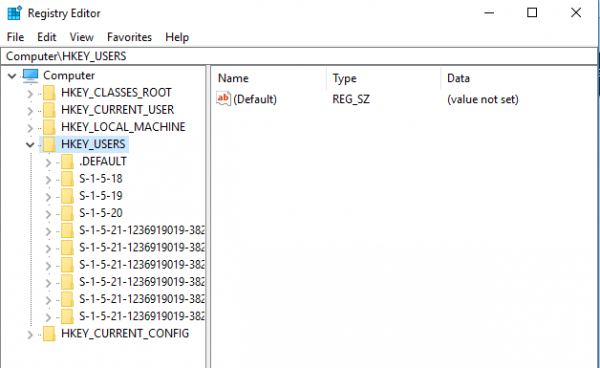


If two processes attempt to update the same registry value at the same time, one process's change will precede the other's and the overall consistency of the data will be maintained.

The registry has features that improve system integrity, as the registry is constructed as a database and offers database-like features such as atomic updates. Backup and restoration is also simplified as the registry can be accessed over a network connection for remote management/support, including from scripts, using the standard set of APIs, as long as the Remote Registry service is running and firewall rules permit this. Because user-based registry settings are loaded from a user-specific path rather than from a read-only system location, the registry allows multiple users to share the same machine, and also allows programs to work for a least-privilege user. As well, strongly-typed data can be stored in the registry, as opposed to the text information stored in INI files. Since accessing the registry does not require parsing, it may be read from or written to more quickly than an INI file. This offers several advantages over INI files. By contrast, the Windows registry stores all application settings in one central repository and in a standardized form. INI files stored each program's user settings in a separate file.


 0 kommentar(er)
0 kommentar(er)
